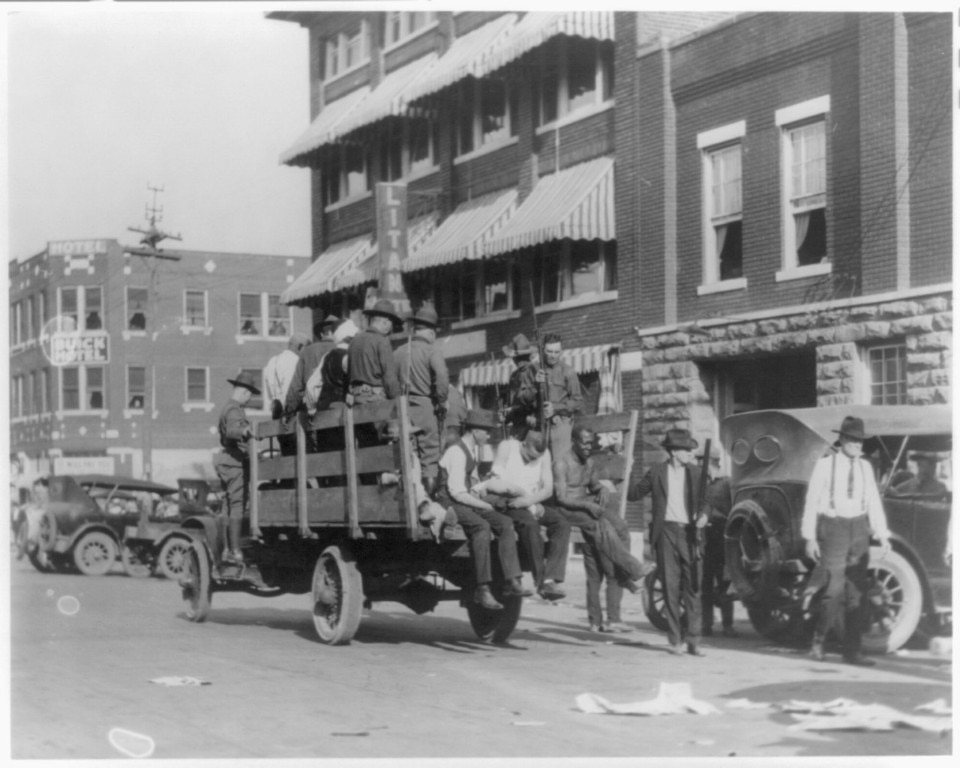This article was originally published in Domus 1050, November 2020.
Vibranium doesn’t exist. And the black utopia of Wakanda, where our ancestors made vast technological advancements, superior transportation and infrastructure, and stunning architecture, is a figment of Disney’s Marvel Universe imagination. After the American Civil War, African-Americans (AA) established thriving communities like Black Wall Street in Tulsa, Oklahoma in the 1920s and Seneca Village in New York City in the 1820s. Unfortunately, the attempt to masterplan a black utopia was destroyed because of fear and hate.
Throughout American history, African-Americans did not have the freedom to choose where to live. Exclusionary zoning and restrictive covenants, for example, excluded blacks from homeownership. What if, after the Civil War, African-Americans continued to thrive in these communities and hired black architects and planners. What if AA Architects make up 30 per cent of licensed architects today instead of the current 2 per cent. If there were no racially motivated barriers, how would the built environment look if there were more AA architects and planners?
Please note that black utopia is not exclusive. Seneca Village in New York City, for example, was an integrated community with European working-class immigrants, all owning property. This blended community worshiped together and children went to the same school. It wasn’t until city officials imposed eminent domain rights and forcibly evicted residents to make way for a public park, now known as Central Park.
If Seneca Village maintained its racial integration and the community remained intact, opportunities of ingrained stereotypes and inequalities would not prevail. No more color-coded patterns of concentrated black neighbourhoods and suburban schools busing black students. Instead, places like Seneca Village and Black Wall Street would set the precedence of the thriving middle-class communities. The opportunity for wealth building through property ownership for African-Americans would spawn other neighbourhoods across the United States and inspire future African-American architects and planners to design and build.Architecture education plays an important role in creating communities like Seneca Village and Black Wall Street. The foundation of an architecture education, curriculum and history would vastly differ from current accrediting bodies. The examination of indigneous land, ancestral artifacts and infrastructure would be the basis of any design. There are existing architecture practices that were thriving elsewhere.
Architect Shelly-Anne Tulia Scott, a graduate from the Caribbean School of Architecture in Kingston, Jamaica, spoke highly of her education which included thinking of creative ways to build from the land and participating in study tours, where she spent two weeks in another country, to learn the ecology, the community and laws of the land in order to design. Shelly-Anne recalls her study tour in Old San Juan, Puerto Rico: “We examined these spaces, the public spaces, and how they dealt with architecture, how architecture embraced the street. And then we actually presented it at the University of Puerto Rico”. Study abroad architecture programmes are common, however, the uniqueness comes from Non-European countries. “Being on the study tour, it’s almost like I went there and you live the life and the culture before you design something,” Scott continues. “Physically examining the site, understanding the existing community, immersing oneself with the inhabitants and recognizing existing cultural characteristics.” A diverse architecture accrediting board would recognize that the foundation of any community contains a history of the indigenous. By being more inclusive, the authentic interactions manifest themselves into a cultural mecca of art, architecture and design.
Without racially motivated barriers, the evolution of this cultural mecca forms a new school of thought. Similar to the Bauhaus, the new school encompasses the re-connection to descendants of enslaved Africans to their homelands of Senegal, Sierra Leone, Ghana and other West African countries. This “African-American (AA) Bauhaus” would take lessons from indigenous cultures to form new styles of architecture and design. From Yoruba architecture in Nigeria to Pueblo architecture in the southwestern United States, the importance of preserving oral history takes precedence and the expressions of heritage finds place on stolen land and bodies. Dedicated to ethnicity and one’s identity of place/space, the “AA Bauhaus” is an experimental hub that would define AA Architecture and produce the anthology of Who’s Who Among AA Architects. As time and styles change, this architecture movement would eventually merge with colonial architecture.
Fast forward to the 30 per cent, Disney’s Marvel Wakanda Universe (which now) seems less fictitious. Eliminating racial barriers would increase the pool of architecture typologies, vernacular architecture would be no more and the presumption of safe space is not dominated by social justice or gentrification. Black Utopia is not an Afrocentric style. It is an opportunity to form a more perfect union. A melting pot of equality and free-forming ideas, the black architect can just be an architect, enriched in their own cultural identity and sense of place.


